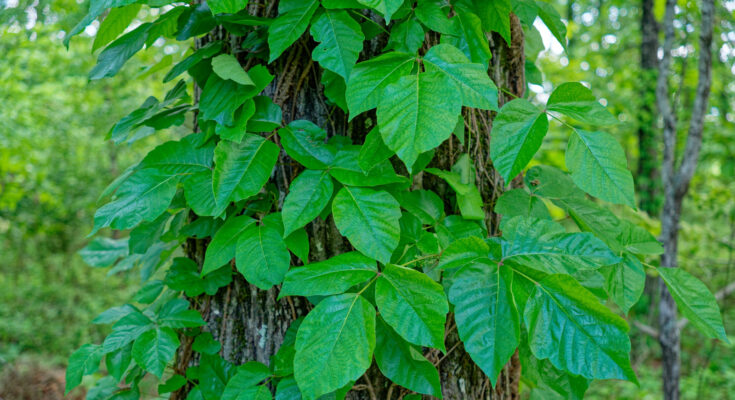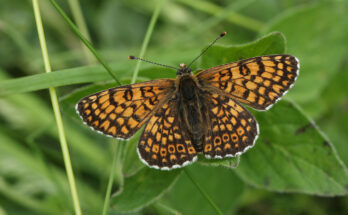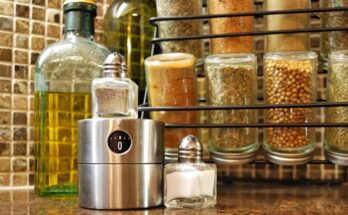How To Properly Clean Your Clothes In The Laundry Room After Dealing With Poison Ivy
When you see leaves of three, the best option is to let it be, according to the common rhyme that helps you spot poison ivy. That little saying doesn’t always keep you in the clear, though, whether you run into the weed accidentally or you’re trying to clear it from your property. You could accidentally touch the plant and develop an allergic reaction. There are several mistakes to avoid when dealing with poison ivy in your lawn. One of those mistakes is not washing your clothes properly in hot water with laundry detergent and plenty of water in the machine. Failing to clean your clothes properly could result in a repeat of the itchy, blister-filled rash that comes from contact with poison ivy.
Allergic reactions caused by poison ivy happen when the plant’s oily resin touches your skin. The plant’s leaves, stems, and roots all contain the resin, which is call urushiol. Even if you protect your exposed skin with long clothes and gloves while you’re around the plant, you could still come into contact with the oil if it transfers to your clothes, garden tools, or any other objects. Once it’s there, the oil can stick around for years, potentially causing a rash long after you were around poison ivy. Washing your clothes and other items that come into contact with poison ivy as soon as possible removes the oil to cut down on the risk of having a reaction again.
Wash your clothes to remove poison ivy
Wearing long protective clothing and washing it immediately is something you should always do after weeding, whether you’re dealing with poison ivy or other potentially itchy weeds. The oily resin can transfer from the clothes to other surfaces, so remove them quickly and place them in a disposable bag to transport them to the washing machine if possible. Wear gloves whenever you handle the clothes.
Getting the oily residue out of your clothes is most effective with plenty of water, detergent, and agitation. Wash the clothes separately to avoid transferring the urushiol to other clothing. Soaking the laundry in a bucket of warm water and detergent for about 30 minutes can help loosen the oily stains. Then, move the clothes to the washing machine, where you’ll add more detergent. You want plenty of water to allow the clothes to move freely, so don’t overload the washer — you may need to do multiple loads if you have lots of contaminated clothes. Select the largest load size for additional water and choose the longest cycle for extra agitation and more rinses. Set the washing machine to the hottest water setting you can use without damaging the clothes.
If you want to be extra cautious, run the clothes through a second time using the same settings. Drying the clothes if they still have urushiol residue on them could set the stain into the fabric. Dry the clothes in your dryer according to the fabric requirements.
Clean up the washing machine and laundry baskets
Even if your clothes are in the clear, your washing machine, laundry baskets, and anything else the contaminated clothes touch could still cause issues. Deep cleaning those items removes any residue from the poison ivy. The best way to clean your washing machine after you’re done washing the clothes is to run another wash cycle on hot with the machine empty. You can use a self-cleaning cycle if your washing machine has one.
Storing contaminated clothes in a plastic bag like a trash bag is ideal because you can toss it once you empty the clothes into the washing machine. However, if you use a laundry basket for the clothes, scrub it well in case any oily resin residue remains on the surface. Wear gloves while you clean the basket to avoid touching the oil, which is colorless and odorless, making it impossible to notice. Warm water and detergent works well for cleaning the basket. Rinse it well before using the basket again.



